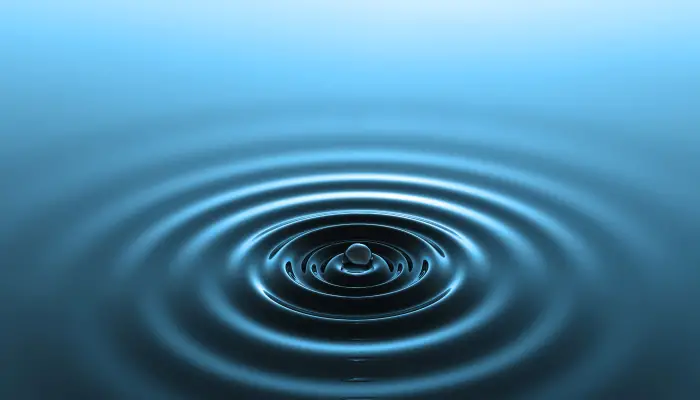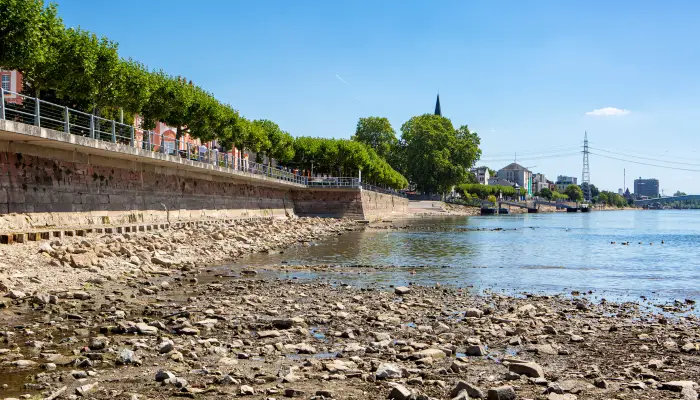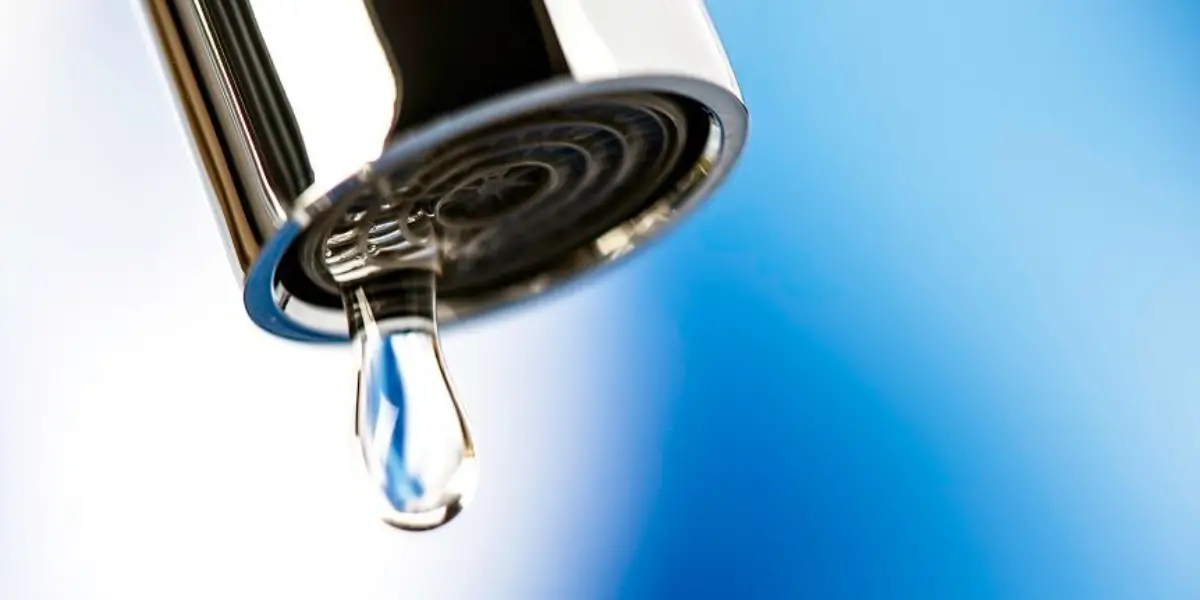It’s easy to take our domestic water supply for granted - very few people in the UK have had to think twice about its availability. But, as we reflect on a record-breaking summer, water companies are under mounting pressure to do more with less and keep supplies flowing.
The situation is particularly pressing in England, where the government-sponsored Environment Agency (EA) has warned that the failure of providers and their customers to take certain measures now could result in significant shortages within the next 30 years.
Why is the Environment Agency worried?
In its recent ‘Water Resources’ report, the EA highlights climate change and population growth as two of the biggest threats to water availability, with both factors contributing to steady rises in demand. Neither utilities companies nor their customers can do much about these issues, but both can take measures to address the two main causes of waste: excessive consumption and supply leakages.
The average person in England and Wales uses 140 litres of water per day; in Northern Ireland it’s 145 litres, and in Scotland it’s 150 litres. These figures include everything from showering and shaving to drinking and gardening. The government wants to reduce what it considers excessive consumption as part of its wider 25-year environment plan, and while there’s no official target on record, non-profit organisation Waterwise encourages people to aim for a limit of 100 litres instead.
The figures around water leakage are arguably more frightening. In England alone, it’s estimated that water companies lose three billion litres of water to leaks every day – largely due to ageing infrastructure. That’s around 25 per cent of the water put into supply and enough to serve 20 million people in an average day.
It’s estimated by the EA that when you include overuse in the home, network leakages and losses in treatment, one-third of all water taken from the natural environment goes to waste.
What’s being done already?
The war against waste has begun. Advances in connected technologies – and more specifically Arqiva’s Long-Range Radio solution - have made it possible for water companies to introduce smart meters to their existing infrastructure. These devices collect and present data in near real-time, meaning households are better informed to understand their water consumption and potentially reduce the amount of water used if consumption is higher than average.
In the industry there is more work to do on the leakage front. Bodies like Ofwat and the Consumer Council for Water (CCWater) keep a close eye on water companies’ leakage performances throughout the year, with the former penalising those that don’t hit targets. The detection and prevention solutions currently being used include innovative isolating valves and acoustic logging technologies that allow data scientists to ‘listen’ to changes in waterflow, but going forward we expect utilities firms to rely more on simpler connected sensors – sensors that will be simply and securely connected to the Arqiva smart water network.
How we’re helping the water industry
The smart water journey is off to an impressive start with smart metering, as our partners’ results prove. The next phase, though, involves devices that collect and present even more valuable data on movement, leakages, temperatures and pressure – all of which will undoubtedly help water companies to reduce waste. And, with the help of a resilient communications network that uses Long-Range Radio technology and dedicated spectrum, we’re committed to making sure this vision becomes reality sooner rather than later.
Views

New research: the risks and opportunities around smart water metering investments

New research: achieving the optimal smart water metering solution

Living with less: planning for a water-scarce future
